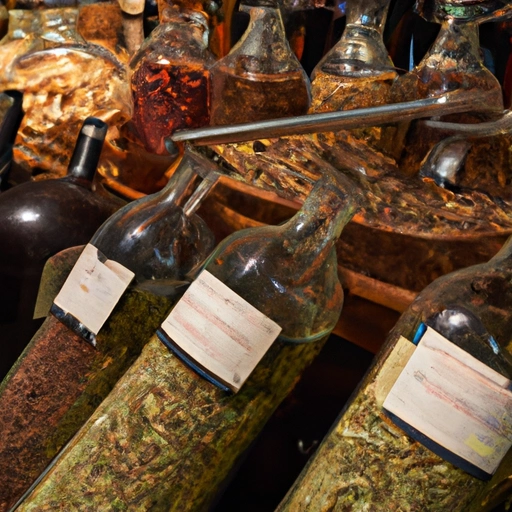Vermouth
Description

Vermouth is a fortified wine flavored with various botanicals such as roots, barks, flowers, seeds, herbs, and spices. Originally used for medicinal purposes, it has evolved into a key ingredient in both the culinary and mixology worlds. Vermouth is available in many styles, including dry, sweet, and red, each bringing a distinct flavor profile to recipes and beverages. When used in cooking, it imparts a complex, herbal essence that can elevate sauces, stews, and marinades. In mixology, it is a foundational component of classic cocktails like the Martini and the Manhattan.
Common uses
Vermouth is commonly used as an aperitif, digestive, and a key component in many alcoholic beverages. It is also increasingly popular as a cooking ingredient, bringing depth and nuance to a variety of dishes.
Nutritional value
Calories
Typically, a 1 oz (approx. 30 ml) serving of dry Vermouth contains about 32 calories. Sweet Vermouth, being higher in sugar, can contain around 45 calories per 1 oz serving.
Protein
Vermouth generally contains negligible amounts of protein.
Fat
This ingredient is essentially fat-free.
Carbohydrates
Dry Vermouth may have up to 1 g of carbohydrates per 1 oz serving, while sweet Vermouth can have up to 4 g due to added sugars.
Vitamins
While Vermouth contains minimal vitamins, it may provide some from the botanicals used in its creation.
Minerals
The mineral content in Vermouth is not significant, but trace amounts from botanicals may be present.
Health benefits
Vermouth is consumed in moderation may aid in digestion due to the herbs and botanicals used in its makeup. However, any health benefits should be weighed against its alcohol content.
Potential risks
As an alcoholic beverage, Vermouth should be consumed responsibly. Overconsumption can lead to health issues, including increased risk of chronic diseases.
Common recipes
Vermouth shines in recipes such as pan sauces for meats, seafood dishes, risottos, and as a deglazing agent to lift flavors from a pan.
Cooking methods
It can be used in simmering, sautéing, and marinating. When cooking with Vermouth, it is often added early in the process to allow the alcohol to evaporate, leaving behind its rich flavor.
Pairing with other ingredients
Dry Vermouth pairs well with poultry, fish, and vegetables, while sweet Vermouth complements red meats and rich, creamy desserts.
Summary
Vermouth is a versatile, flavorful fortified wine that has found its place both behind the bar and in the kitchen. Its herbal bouquet makes it a sophisticated addition to a myriad of recipes and cocktails. With varying styles from dry to sweet, Vermouth can complement a wide range of dishes and is an essential ingredient for any food enthusiast or home cook looking to add a touch of elegance to their culinary creations.